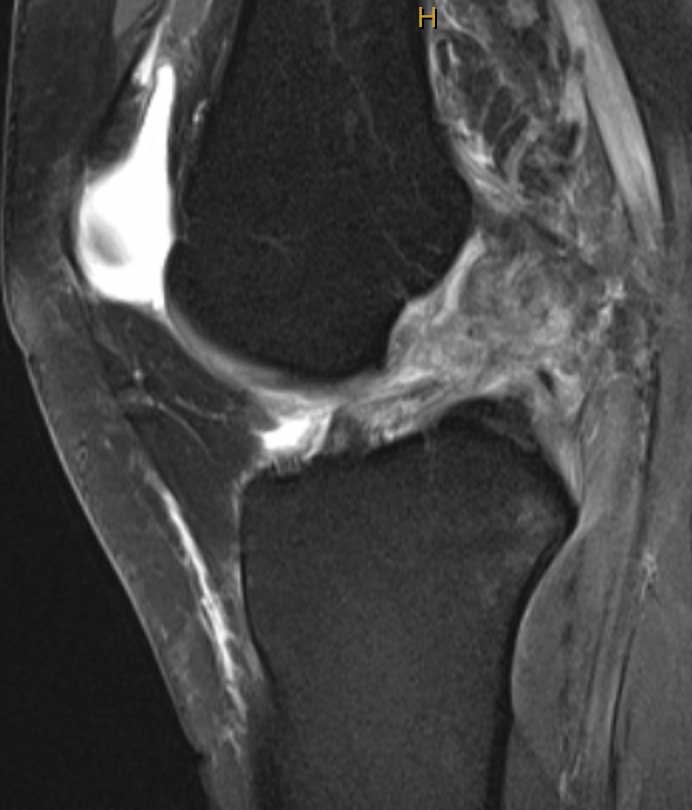ACL tears are a prevalent sporting injury in Australia. For someone wanting to return to sport, ACL reconstructions have been shown to provide good knee stability. Although most people obtain a stable knee, some experience ongoing knee laxity. Some people also go on to suffer retearing of the ACL graft.
There are known risk factors for ACL graft failure. The “high risk” patients are younger sportspeople, particularly adolescents and those under 20 years of age; people who have pre-existing joint laxity, i.e. knees that hyperextend or have other signs of generalised ligament laxity (“double-jointed”); and those that play pivoting sports such as netball, football (in all its different codes) and basketball.
Over the years, different surgical techniques, rehabilitation protocols and returning to sports later after a reconstruction have been trialled, with limited benefit. However, a good randomised control study1 was published last year that demonstrated that combining a traditional hamstring reconstruction with an extra-articular reconstruction (i.e. on the outside of the knee) reduced the instability rate and the graft re-rupture rate significantly. These extra-articular operations actually predate the traditional intra-articular reconstructions. So now, it has been shown that combining the old with the new may be the way forward in this “high risk” patient group.
- Getgood, A. M. J. (2020). Lateral Extra-articular Tenodesis Reduces Failure of Hamstring Tendon Autograft Anterior Cruciate Ligament Reconstruction. American Journal of Sports Medicine, 48(2), 285–297. http://doi.org/10.1177/0363546519896333


